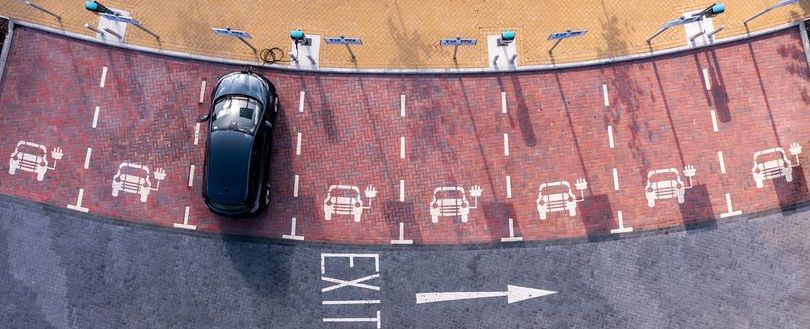
New directions for electrical vehicles regarding car park design and fire safety
Like it? Share it!
05 June 2023
The Institution of Structural Engineers (IStructE) recently published guidance on Car Park Design on June 5, 2023, addressing the demands and challenges these structures face today. Given that they are now used to store and recharge electric bikes and scooters in addition to parking cars, their design, construction, maintenance, and reuse all require careful consideration.
According to the recommendations, it's critical that parking lots be built to accommodate modifications in car design. Due to the use of electric and hybrid batteries and the growing size of cars, the average vehicle now weighs almost 2 tonnes, up from 1.5 tonnes in 1974. Not only new parking structures but also existing ones must take into account this added load and evolving fire safety regulations.
Ten experts contributed to the advice, including Chris Whapples, an Institution of Structural Engineers Fellow and the overseeing consultant (FIStructE).
He comments: “There are myriad considerations the design of a modern car park needs to address, particularly as selling petrol and diesel cars and vans will be banned in the UK by 2030 and hybrid cars and vans by 2035. Car park safety is paramount, especially given the lessons learned from structural failures, including the Pipers Row floor collapse in Wolverhampton, UK, in 1997. And this guidance is made increasingly relevant with the recent, tragic collapse of a car park in Manhattan, New York, which is currently being investigated.”
The instructions are divided into two parts. Part one is directed at those who are involved in procuring a car park, such as clients, architects, and project managers. In the second section, more complex design issues are covered, along with thorough recommendations for the structural and civil engineers who are in charge of entering the detailed design.
The report notes that several serious fires have occurred in parking areas that followed the recommendations at the time of design, and that, under some conditions, this may not result in a fire-safe design. Fellow of the Institution of Structural Engineers (FIStructE) and Chair of the Contributor Group Mark Punsdack explains: “As we move to use more electric or hybrid cars, we are now exposed to risks from vehicle compositions and propulsion systems that current design guidance does not acknowledge. We have moral and legal duties to make buildings accessible for all, and car parks are no exception.”
Given that people are living longer and with more independence in the UK and many other countries, accessibility is a crucial component of the design process. Therefore, it is important to address the physical impairments of a larger number of parking lot users.
The Institution's guidelines devote an entire chapter to the frequently neglected mental health aspects of car park design, giving significant thought to the various physical measures that can be included in the structure to discourage suicide attempts.
Mark Pundsack concludes: “The car parks built today or those being renovated and re-used need to be designed with all this in mind if these structures are to remain viable and useful in a rapidly changing world.”
Car Park Design covers the design, construction, and asset management of all car park structures, including standalone multi-storey car parks, underground car parks, and those within buildings with other uses such as office, residential, and retail. It is a state-of-the-art resource for car park architects, engineers, developers, funders, and those who service and maintain these facilities.
Visit the SOURCE here.
Our eNews provides regular insight into industry trends, news headlines, and product and service information. For news articles parallel to those mentioned above, sign up for our eNews. Click here to sign up: Subscribe to our enews (fia.uk.com)
Related training
Related news
-
New FIA Guidance on BS 5839-1 Fire Alarm Categories
23 December 2025
-
Launching our Practical Training and Assessment Course
09 December 2025
Related resources
-
Euralarm-FAQs-re-Environmental-Product-Declarations-EPDs.pdf 1
27 November 2025
-
Fire Risk Assessors Standard Scope of Services
07 August 2025
